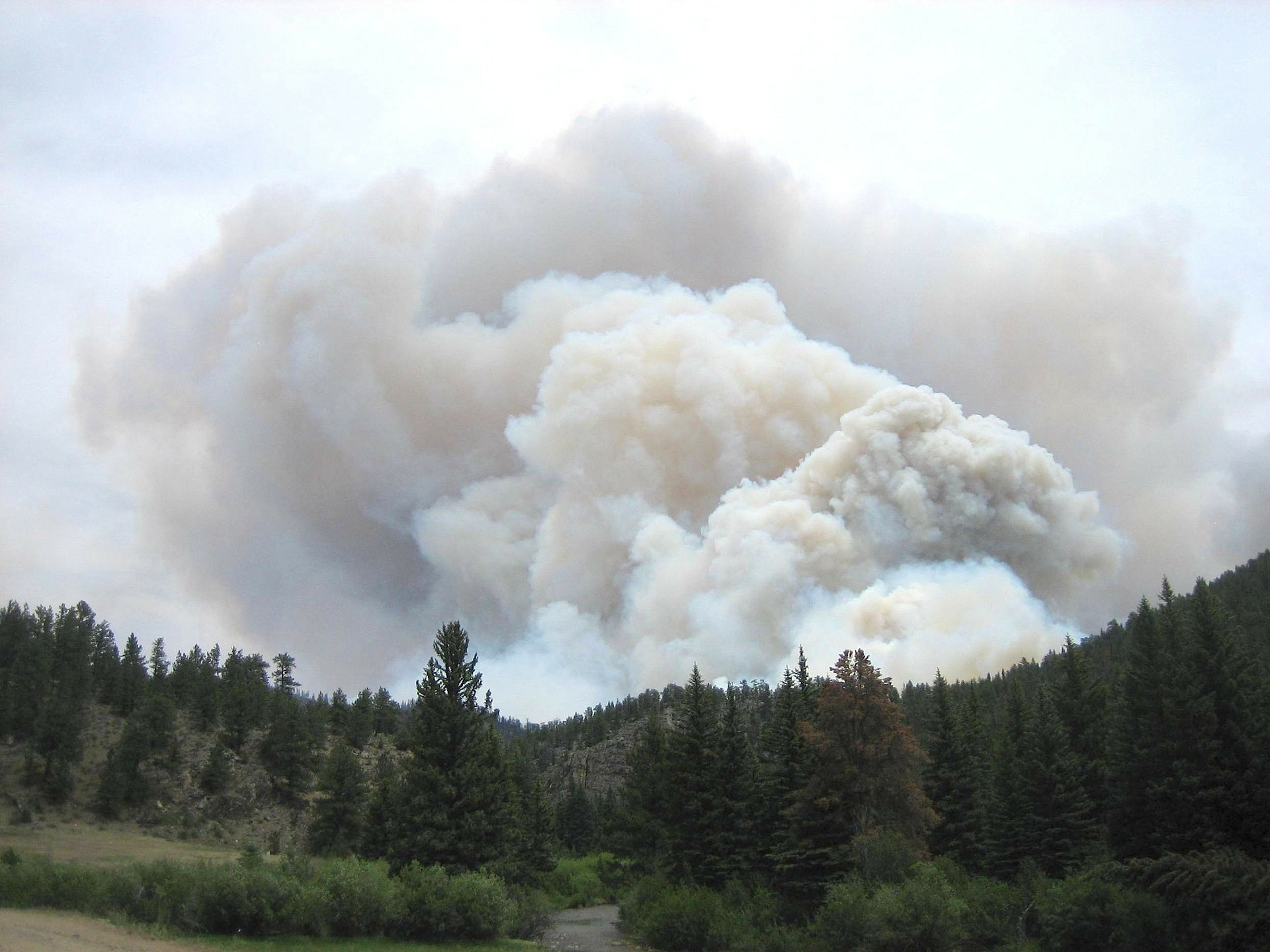I grew up in Portland, Oregon and can’t remember a Labor Day as hot as the one that just passed. Now that I live in Los Angeles, I thought I would escape the swelter by going north to visit my family, but it broke a hundred degrees in both cities that week. And in the midst of these heat wave, fires started in both of my homes.
Flying into Portland, I was struck by a showy sunset. I was right in line with the glowing clouds in a way I’d never been, so that they formed another horizon at eye-level. Directly above was the fluorescent orange sun, and below was a hem of bright pink and the city lights under that. The sun hadn’t quite dipped, but night seemed to have settled already.
I didn’t know then that what I was seeing was a thick layer of smoke.
The Eagle Creek fire, around the Columbia River Gorge east of Portland, is still only seven percent contained over a week later, covering about 34,000 acres. The main highway is closed for the next week. And, heartbreakingly, many of the trails I hiked as a child will be inaccessible or destroyed. The region is mourning the loss of these sites of shared, natural beauty.
At the same time, the La Tuna fire in Burbank ignited. People in the city had to evacuate their homes. When I landed in Burbank the next week, it was only thirty percent contained, but colder air was sweeping in. As of September 9, it was one-hundred percent contained. 7,194 acres were burned around the Verdugo Mountains.
On my fourth day in Portland, the heat broke and my family and I were excited to finally get outside. We went to Portland’s iconic food carts—until we saw the ash falling into our food. We packed up our dinner and ran to our car—covered in ash by that point—to somewhat better, filtered indoor air back at home. We realized the smoke cover was the reason for the drop in temperature. The air quality there is still poor. The smoke swirls around the Gorge and hangs over Portland.
One main reason these fires grew so large is because of global warming. According to Accuweather, “September usually marks the beginning of the end for wildfire season, when Pacific storms start rolling onshore bringing cooler, wetter weather to the Northwest.” But the heat waves have increased fire danger and created a dryer landscape, prime for more dangerous wild fires.
Michelle Nijhuis writes for the New Yorker, “…wildfires are bigger and more destructive than they used to be, and the fire season now stretches beyond the summer and well into the school year—in some places, even nudging into what we used to think of as winter. Climate change, combined with a century of overenthusiastic fire suppression and the resulting buildup of fuel, has turned the once occasional emergency of wildfire into a chronic condition.”
Smoky air and poorer air quality may be something we have to get used to, and plan our health around—according to the Accuweather article—taking breaks to go indoors and drinking lots of water.

